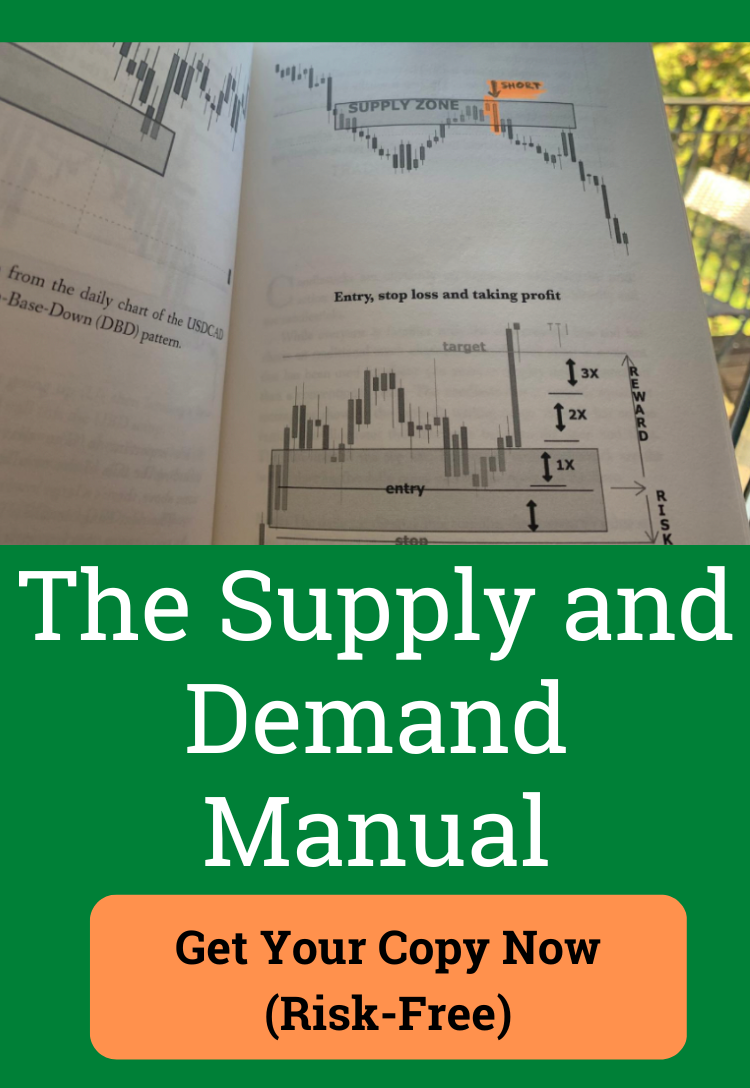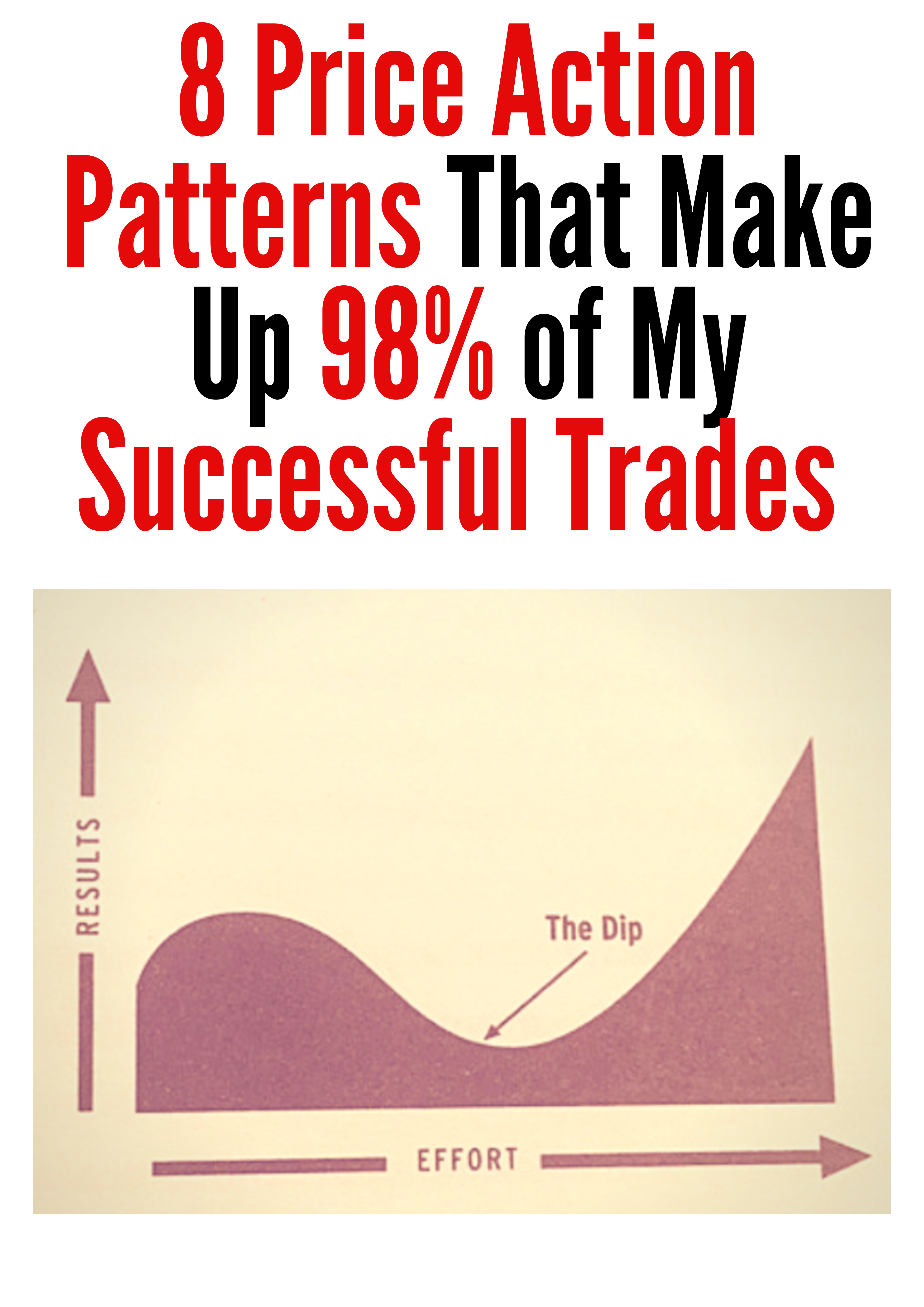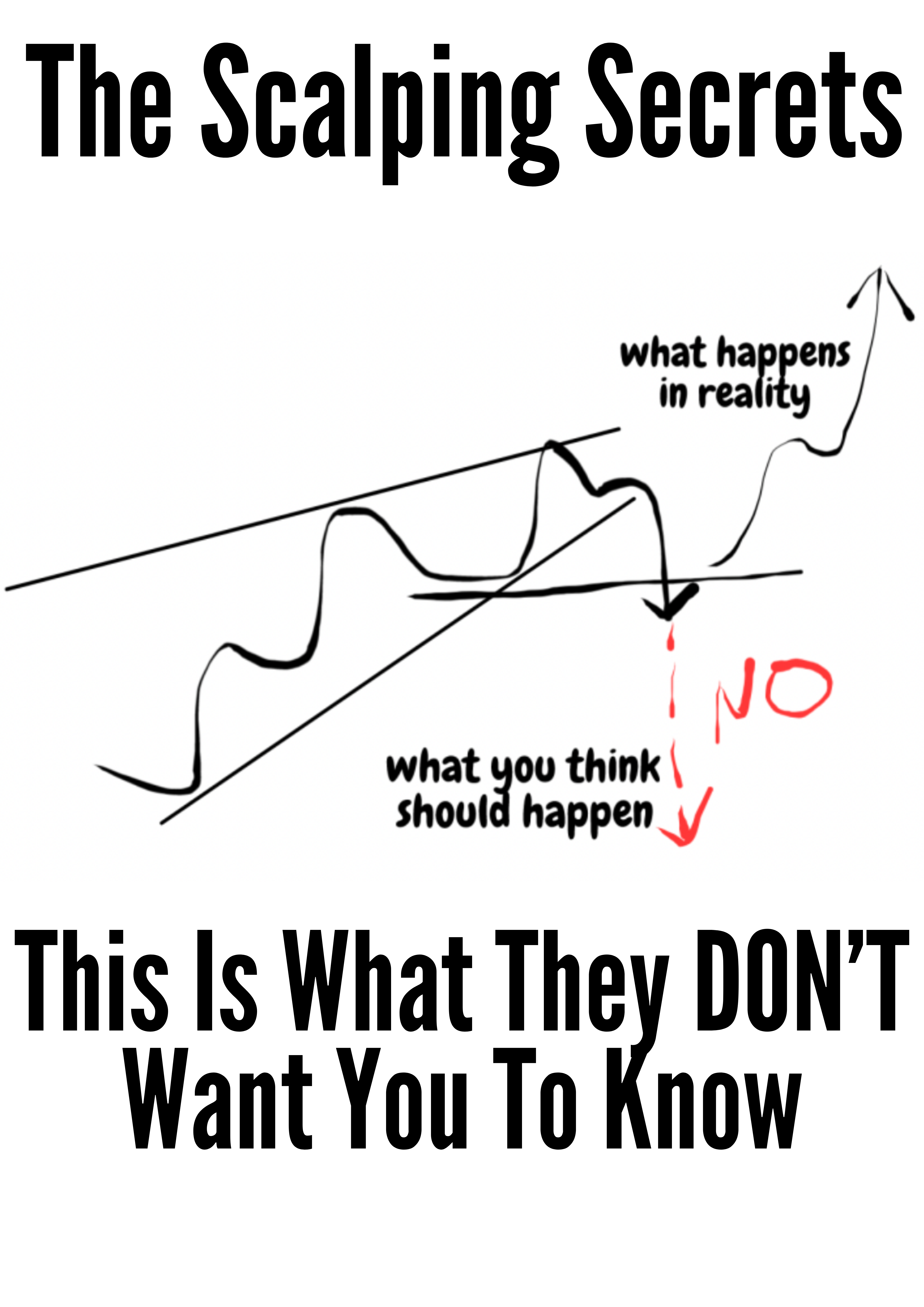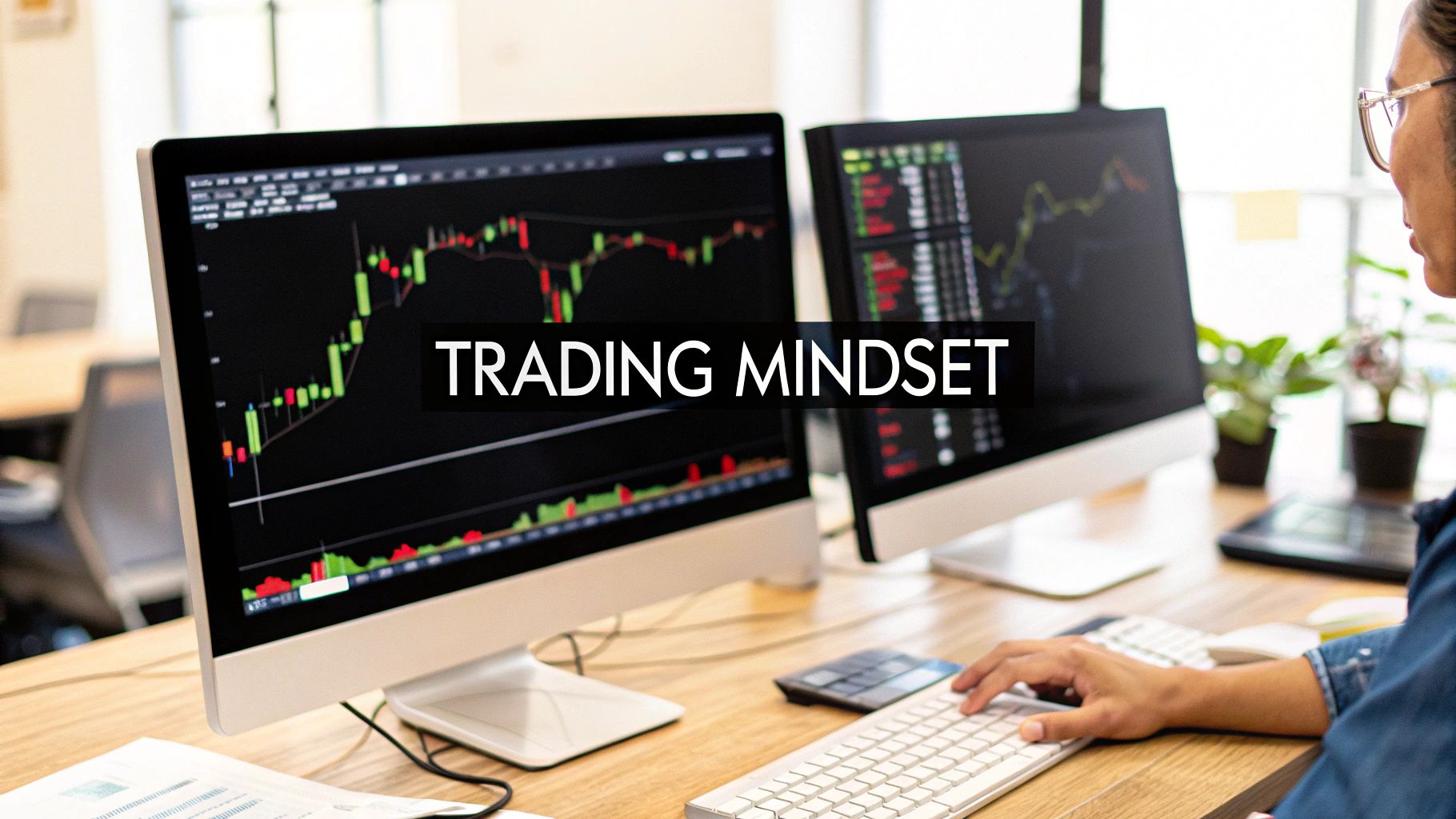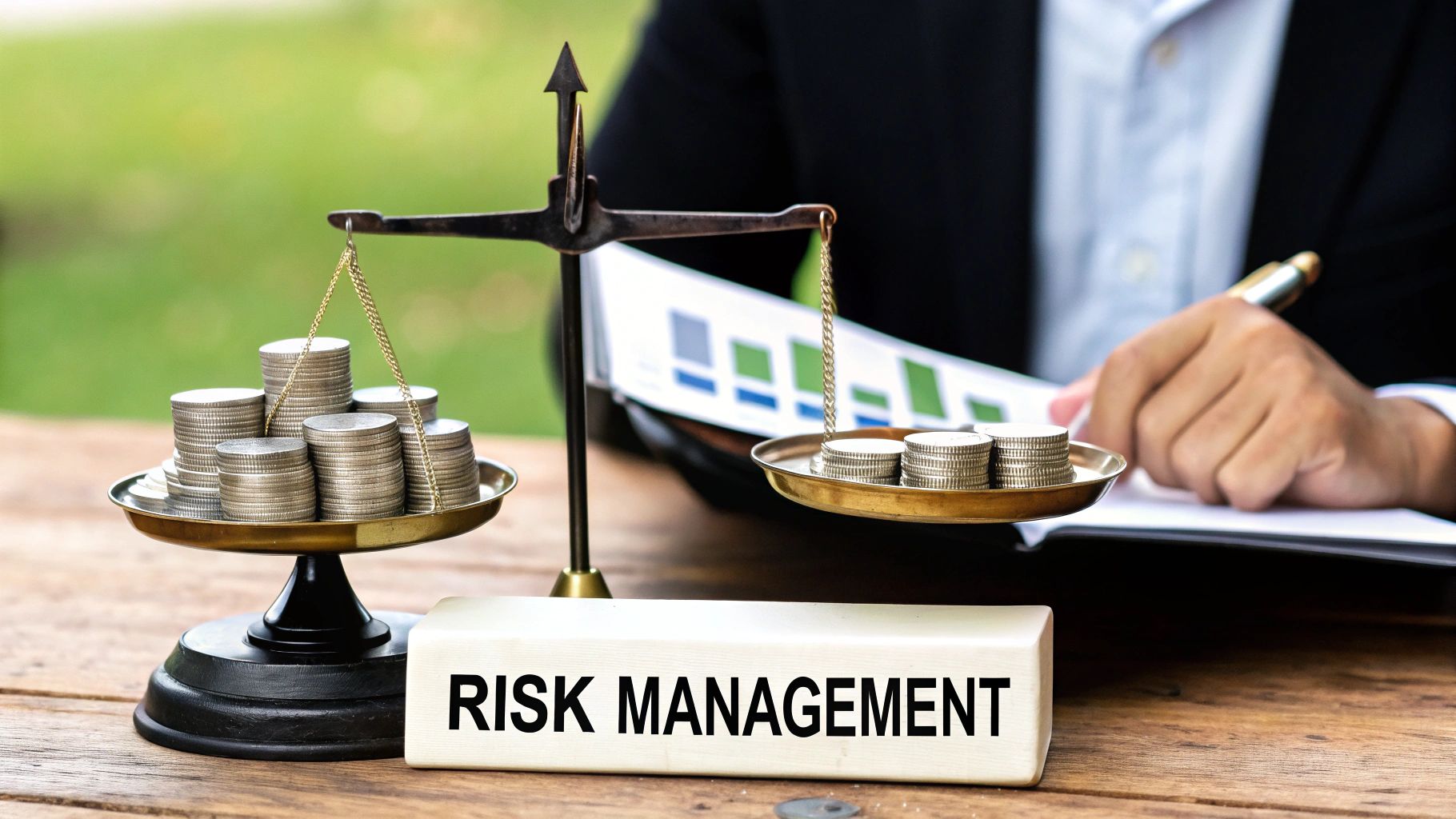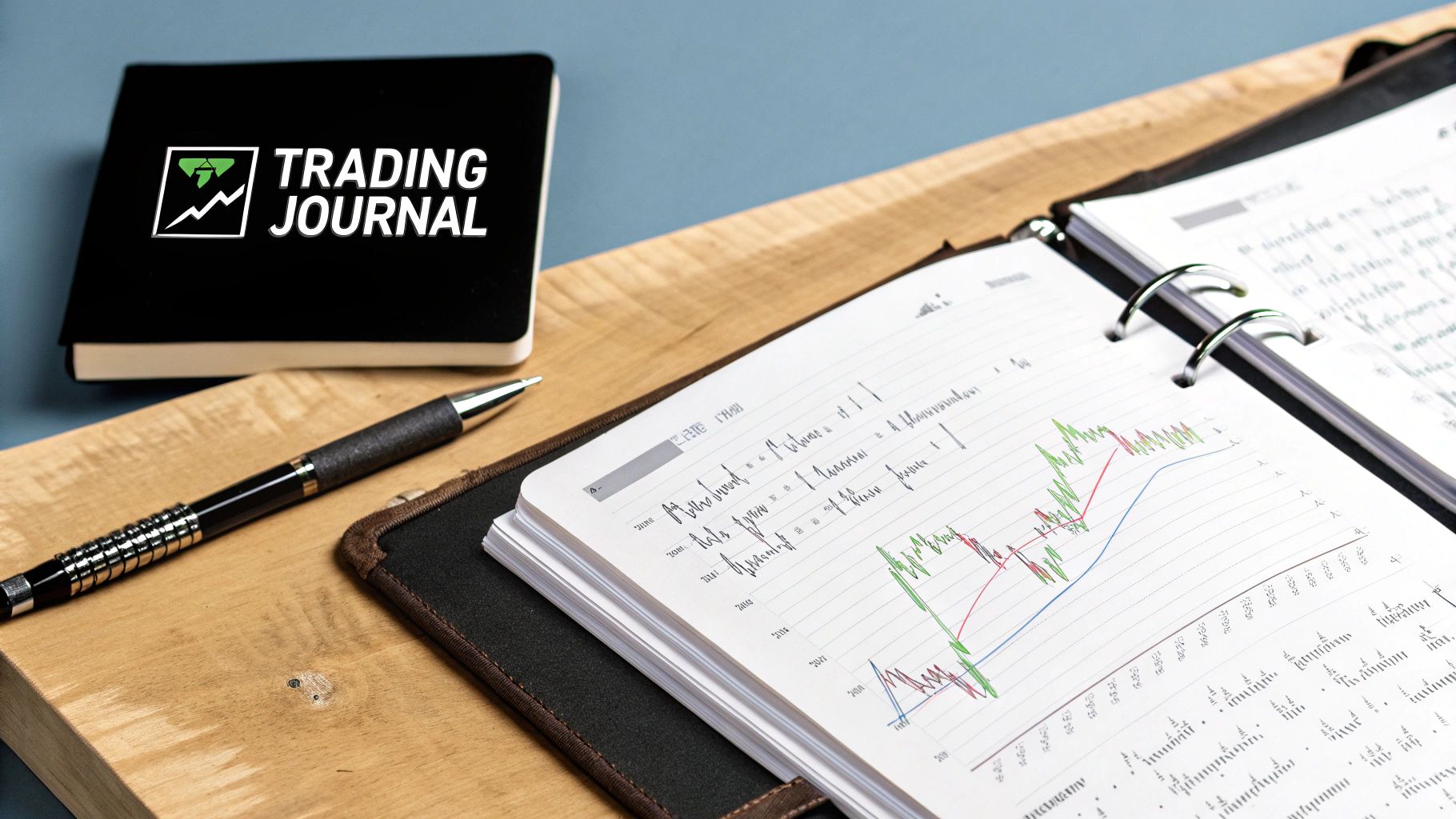7 Trading Psychology Tips for Consistent Profits in 2025
In the world of trading, charts, patterns, and economic data often steal the spotlight. But the most successful traders, from Wall Street legends to independent price-action specialists, understand a deeper truth: the market is a psychological battlefield. The most critical battles are fought not on the charts, but within your own mind.
While a solid strategy is essential, it's your mental game that dictates whether you execute that strategy with discipline or succumb to the emotional rollercoaster of fear and greed. This article moves beyond generic advice to provide a deep dive into actionable trading psychology tips. These strategies are designed to reframe your thinking, reinforce discipline, and build the emotional resilience needed for consistent profitability.
We'll explore the core principle that mastering price action is only half the battle; the other half is mastering yourself. By implementing the seven detailed strategies in this guide, you will learn to:
- Transform your decision-making process.
- Manage risk like a professional.
- Build the unshakable confidence required to navigate any market condition.
Ultimately, this listicle will show you how to turn common psychological hurdles into your greatest trading advantage, laying the foundation for long-term success.
1. Develop a Robust Trading Plan and Stick to It
A meticulously crafted trading plan is the single most important tool in your arsenal for mastering trading psychology. It's not just a set of rules; it's a comprehensive business plan for your trading activities. This written document dictates your every move, from which markets to trade and what setups to look for, to how you will manage risk and when you will take profits. By externalizing your decision-making process into a concrete plan, you effectively build a firewall against the emotional impulses of fear and greed that sabotage so many traders.
The core principle, championed by experts like Alexander Elder and Mark Douglas, is that you make your critical decisions when the market is closed and you are calm and analytical. During the heat of a live trade, your only job is execution. This disciplined approach is a cornerstone of professional trading, seen in the systematic, principle-based strategies of Ray Dalio's Bridgewater Associates and the strict algorithmic adherence at Renaissance Technologies. These giants don't rely on gut feelings; they rely on tested, proven plans.
How to Implement This Strategy
Creating and following a trading plan is a proactive step that transforms you from a gambler into a strategic market operator.
- Document Everything: Your plan must be a physical or digital document. It should detail your entry and exit criteria, position sizing rules, risk-reward ratios, and the specific market conditions required for a trade. For a detailed guide on what to include, you can explore this comprehensive trading plan template.
- Backtest and Paper Trade: Before risking a single dollar, rigorously test your plan against historical data (backtesting) and then in a simulated environment (paper trading). This process validates your strategy and builds the confidence needed to follow it without hesitation.
- Schedule Regular Reviews: A plan is not static. The market evolves, and so should your strategy. Schedule a quarterly review to analyze your performance, identify weaknesses, and make data-driven adjustments.
- Keep it Visible: During trading hours, your plan should be in your line of sight. A printed copy on your desk or a digital version open on a secondary monitor serves as a constant reminder to stay disciplined. This is one of the most effective trading psychology tips because it keeps your objective rules front and center when emotions run high.
2. Master Risk Management and Position Sizing
Effective risk management is the bedrock upon which a sustainable trading career is built. It is the practice of controlling your capital exposure on every single trade to ensure no single loss can cripple your account. This discipline is the ultimate defense against the psychological pressures of trading, as it directly mitigates the financial impact of a losing streak, preventing the panic and desperation that lead to catastrophic decisions. When you know precisely how much you stand to lose, fear loses its power over you.
This principle is non-negotiable among professional traders. The legendary Turtle Traders, mentored by Richard Dennis, used a systematic, volatility-based position sizing model (ATR-based) to standardize risk across all trades. Similarly, hedge fund manager Ed Seykota famously never risked more than 5% of his capital on a single idea, a rule that allowed him to compound returns astronomically while surviving inevitable drawdowns. Their success wasn't just about picking winners; it was about managing losers so effectively that they could stay in the game long enough to find those winners.
How to Implement This Strategy
Integrating rigorous risk and position sizing rules removes emotion from the equation, turning a potentially reckless gamble into a calculated business risk.
- The 1% Rule: As a starting point, never risk more than 1% of your total trading capital on a single trade. If you have a $10,000 account, your maximum loss per trade should be no more than $100. This rule ensures you can withstand a long string of losses without significant damage to your equity.
- Use a Position Size Calculator: Before entering any trade, use a calculator to determine the exact number of shares or lots to trade based on your entry price, stop-loss level, and the 1% rule. This removes guesswork and emotional sizing ("I feel really good about this one").
- Set Hard Loss Limits: Establish a maximum daily and weekly loss limit. For example, if you lose 3% of your account in a single day, you stop trading. This acts as a circuit breaker, preventing you from revenge trading and digging a deeper hole.
- Analyze Correlations: Be aware of how your open positions are correlated. Holding multiple long positions in the same sector (e.g., three different tech stocks) is not three separate risks; it's one concentrated risk. For a deeper dive into the specific techniques involved, you can explore this guide to effectively managing your trading risk. This is one of the most critical trading psychology tips for preserving capital and maintaining a clear mind.
3. Control Emotional Reactions Through Mindfulness
Mindfulness is the practice of maintaining a non-judgmental, present-moment awareness of your thoughts, emotions, and bodily sensations. For a trader, this means observing the feelings of greed, fear, or frustration as they arise without letting them dictate your actions. It's about creating a crucial space between an emotional trigger, like a sudden price drop, and your reaction. This mental pause allows your rational, strategic mind to take back control from your impulsive, emotional brain.
This is not a fringe concept; it's a powerful tool used by elite performers. Legendary investor Ray Dalio famously credits his decades-long practice of Transcendental Meditation for his ability to think clearly and calmly under pressure. Similarly, trading psychologists like Brett Steenbarger and Denise Shull advocate for mindfulness techniques to help traders achieve peak performance. The goal isn't to eliminate emotions, which is impossible, but to prevent them from hijacking your decision-making process, ensuring you trade your plan, not your feelings.
How to Implement This Strategy
Integrating mindfulness into your routine builds emotional resilience, turning a reactive mindset into a responsive one. This is one of the most effective trading psychology tips because it directly addresses the root cause of many trading errors.
- Daily Meditation Practice: Commit to a 10-15 minute daily mindfulness or meditation session outside of market hours. Apps like Headspace or Calm can guide you. This builds the foundational mental muscle needed to stay present during the trading day.
- The Pre-Trade Breath: Before entering or exiting any position, take three slow, deep breaths. This simple act creates a "pattern interrupt," breaking the chain of emotional escalation and bringing you back to the present moment for a clearer decision.
- Label Your Emotions: When you feel a strong emotion, mentally label it without judgment. For instance, "I notice I'm feeling anxious" or "There is the feeling of greed." This technique, promoted by Jon Kabat-Zinn, helps you detach from the emotion and observe it as a transient mental event rather than an urgent command to act.
- Scheduled Screen Breaks: Step away from your charts for five minutes every hour. During this break, stretch, look out a window, and consciously relax any physical tension in your shoulders, jaw, or stomach. This prevents mental fatigue and emotional burnout.
4. Maintain a Trading Journal for Self-Analysis
A trading journal is far more than a simple log of wins and losses; it's a powerful tool for objective self-reflection and psychological development. It is a detailed record of not just your trades, but the thoughts, emotions, and market context surrounding each decision. This practice forces you to confront your actions honestly, creating a feedback loop that turns every trade, whether profitable or not, into a valuable lesson. By documenting your journey, you create the data needed to identify and correct the destructive behavioral patterns that undermine your trading plan.
This method of meticulous record-keeping is a hallmark of elite performers. Legendary investor Paul Tudor Jones attributes much of his success to his extensive journals. Similarly, the famous Turtle Traders experiment required participants to maintain detailed records, a practice that performance psychologist Brett Steenbarger and SMB Capital's Mike Bellafiore have institutionalized to foster professional growth. They understand that peak performance isn't just about strategy; it's about understanding the "why" behind your execution. This is one of the most effective trading psychology tips because it provides a mirror to your trading mind.
How to Implement This Strategy
Journaling transforms your trading from a series of isolated events into a coherent process of continuous improvement.
- Document Key Data Points: Beyond entry, exit, and P&L, record the reasoning for the trade, the setup you identified, and your emotional state before, during, and after. Capturing screenshots of your chart setup provides critical visual context for later review.
- Rate Your Discipline: On a scale of 1 to 10, rate how well you followed your plan for each trade. This simple metric will quickly highlight instances where emotions like FOMO or revenge trading took over.
- Record Your Psychological State: Were you feeling anxious, confident, distracted, or greedy? Write it down immediately after the trade. Recognizing the link between specific emotions and poor decisions is the first step toward controlling them.
- Schedule Weekly Reviews: Set aside time each weekend to review the week's trades. Look for recurring mistakes, successful patterns, and emotional triggers. This dedicated review session is where the real learning and psychological breakthroughs happen.
5. Separate Your Identity from Trading Results
One of the most profound hurdles in trading is the tendency to link your self-worth directly to your profit and loss statement. A winning trade makes you feel like a genius, while a losing trade can make you feel worthless. This emotional rollercoaster is a direct path to poor decision-making, as it ties your ego to market outcomes you cannot control. Separating your identity from your trading results means understanding that a single trade, or even a series of trades, does not define your intelligence, skill, or value as a person.
This concept is a cornerstone of professional performance psychology, advocated by trading coaches like Mark Douglas and Van Tharp. They teach that traders must adopt the mindset of a casino manager, not a gambler. The manager knows the house will have losing hands and losing days, but they focus on the long-term edge of their system. Legendary traders like Ed Seykota embody this by viewing losses not as personal failures but as "tuition" paid for a market education. Similarly, hedge fund managers like Jim Simons at Renaissance Technologies achieve success by focusing on the flawless execution of their probabilistic models, not the outcome of any single event.
How to Implement This Strategy
Detaching your ego is an active mental process that protects your capital and sanity. It's one of the most critical trading psychology tips for achieving long-term consistency.
- View Trades Probabilistically: Internalize that each trade is just one of a thousand you will take. No single outcome matters; what matters is that you consistently execute a strategy with a positive expectancy over the long run.
- Focus on Process, Not Profit: Your primary goal for each trade should be flawless execution of your trading plan. Did you follow your entry, risk management, and exit rules perfectly? Celebrate that, regardless of whether the trade won or lost. This shifts your focus from an uncontrollable outcome (profit) to a controllable action (discipline).
- Maintain a Balanced Life: Your identity should be diversified. Cultivate hobbies, relationships, and interests completely outside of trading. This ensures that a losing streak in the market doesn't feel like a total failure in life, preventing the desperation that leads to revenge trading.
- Use Affirmations: Before each trading session, remind yourself: "I am not my last trade. My worth is determined by my discipline, not my P&L." This simple act can re-center your perspective and reinforce emotional detachment.
6. Understand and Accept Market Uncertainty
One of the most profound shifts in a trader's mindset is moving from a search for certainty to an acceptance of inherent uncertainty. The financial markets are not a predictable, linear system; they are a complex, chaotic environment where anything can happen at any time. Traders who fail to grasp this fundamental truth often find themselves trapped in a cycle of frustration, trying to find the "perfect" setup that never fails, which inevitably leads to over-analysis and emotional trading. Embracing uncertainty is a cornerstone of professional trading psychology because it liberates you from the need to be right and allows you to focus on what truly matters: managing risk and executing your edge.
This principle is championed by some of the greatest minds in finance. George Soros built his legendary career on his theory of reflexivity, which posits that market participants' biases actively shape market realities, creating an unpredictable feedback loop. Similarly, Nassim Taleb’s work, particularly in "Fooled by Randomness" and "The Black Swan," emphasizes the profound impact of rare, unpredictable events. These thinkers teach us that success isn't about predicting the unpredictable; it’s about building a robust strategy that can withstand and even benefit from market chaos by focusing on probabilities and statistical advantages, not certainties.
How to Implement This Strategy
Integrating the acceptance of uncertainty into your trading routine shifts your focus from prediction to preparation, a key pillar of effective trading psychology.
- Think in Probabilities: Stop viewing trades as "winners" or "losers" before they play out. Instead, see each setup as an instance of your statistical edge. If your strategy has a 60% win rate, you must accept that 4 out of 10 trades will likely be losses. This probabilistic mindset, a core concept in Mark Douglas's "Trading in the Zone," reduces the emotional sting of any single outcome.
- Focus on Process, Not Outcome: You cannot control whether an individual trade makes money, but you can control your actions. Did you follow your plan? Did you manage risk correctly? Did you execute without hesitation? By focusing on flawless execution of your process, you detach your self-worth and emotional state from the random outcome of a single trade.
- Prepare for Multiple Scenarios: Instead of trying to predict the one thing the market will do, plan for what you will do if the market goes up, down, or sideways. Having a pre-defined response for each scenario eliminates in-the-moment panic and impulsive decision-making.
- Embrace Being Wrong: Successful traders are not right more often; they are simply better at managing their losses when they are wrong. Accept that losing is a natural and unavoidable part of the business. The goal is not to avoid losses but to ensure they are small and managed according to your plan.
7. Develop Patience and Discipline
Patience and discipline are the twin pillars supporting a sustainable trading career. They represent the ability to wait for high-probability setups that align perfectly with your trading plan and the self-control to execute that plan without deviation. This involves resisting the urge to overtrade, patiently waiting for a clear entry signal, and maintaining composure and adherence to rules through both winning and losing periods. By cultivating these virtues, you shift from chasing market noise to strategically capitalizing on genuine opportunities.
This philosophy is not new; it's a timeless principle of market success. Legendary trader Jesse Livermore was famous for his capacity to "sit tight," sometimes waiting for months for the perfect conditions to emerge before committing significant capital. Similarly, William O'Neil’s CAN SLIM methodology demands the patience to wait for specific breakout patterns to form. These masters understood that trading is not about constant action but about decisive action at the right moment. The most potent trading psychology tips often revolve around doing less, not more.
How to Implement This Strategy
Integrating patience and discipline into your routine is a deliberate practice that protects your capital and improves your decision-making.
- Set Non-Negotiable Criteria: Define the exact, objective conditions that must be met for you to enter a trade. Write them down and treat them as immutable laws. This removes ambiguity and forces you to wait for A+ setups only.
- Use Technology to Your Advantage: Instead of being glued to your charts, which invites impulsive decisions, set price and indicator alerts. Let the market come to you. This frees up your mental energy and reduces screen time, preventing emotional fatigue.
- Practice Mindful Inaction: Recognize that not having a position is a valid, and often profitable, position. The goal is capital preservation first and foremost. Practice mindfulness or meditation to build the mental fortitude required to stay calm and disciplined during market hours.
- Keep a 'Missed Trade' Log: To combat the fear of missing out (FOMO), maintain a log of trades you almost took but didn't because they didn't meet your criteria. Review this log weekly. You will often find that your discipline saved you from poor outcomes, reinforcing the value of patience. For a deeper exploration of this crucial skill, you can learn more about developing discipline in trading.
7 Key Trading Psychology Tips Comparison
| Strategy | Implementation Complexity 🔄 | Resource Requirements ⚡ | Expected Outcomes 📊 | Ideal Use Cases 💡 | Key Advantages ⭐ |
|---|---|---|---|---|---|
| Develop a Robust Trading Plan and Stick to It | High – requires detailed documentation and updates | Moderate – time investment for plan creation | Consistent approach, reduces emotional decisions | Traders needing structured guidance and discipline | Consistency, objective evaluation, discipline |
| Master Risk Management and Position Sizing | Medium – requires calculations and discipline | Moderate – tools for risk & position sizing | Protects capital, reduces emotional stress | All traders prioritizing capital preservation | Capital protection, emotional control |
| Control Emotional Reactions Through Mindfulness | Medium – requires daily practice and mental focus | Low – time for meditation and mindfulness | Better focus, less impulsivity, stress reduction | Traders prone to emotional reactions and stress | Improved decision clarity, reduced impulsivity |
| Maintain a Trading Journal for Self-Analysis | Medium to High – detailed record keeping | Moderate – time for journaling regularly | Identify behavioral patterns, improves self-awareness | Active traders seeking continuous improvement | Behavioral insight, feedback, psychological growth |
| Separate Your Identity from Trading Results | High – requires strong mental discipline | Low – mindset shift rather than tools | Reduced emotional volatility, better stress handling | Traders struggling with self-esteem tied to outcomes | Emotional stability, long-term psychological health |
| Understand and Accept Market Uncertainty | Medium – mindset and probabilistic thinking needed | Low – conceptual understanding & practice | Better risk management, flexibility in decision making | Traders aiming to avoid overconfidence and analysis paralysis | Flexibility, reduced overconfidence, better risk control |
| Develop Patience and Discipline | Medium – requires consistent self-control | Low to Moderate – mental training and monitoring | Improved trade quality, reduced overtrading | Traders needing control over impulsive actions | Trade quality, consistency, confidence building |
Integrating Psychology into Your Daily Trading Routine
Mastering the technical aspects of price action trading, such as identifying supply and demand zones or analyzing candlestick patterns, is only one half of the equation. The other, often more challenging half, is conquering the internal battlefield of your own mind. The trading psychology tips we've explored are not just abstract concepts; they are the fundamental pillars that separate consistently profitable traders from those who endlessly cycle through boom and bust. From the disciplined execution of a robust trading plan to the objective self-analysis facilitated by a detailed journal, each strategy serves to build a mental fortress against the emotional volatility inherent in the markets.
The journey to psychological mastery is a marathon, not a sprint. It demands the same dedication you apply to chart analysis. The key takeaway is that true growth comes from conscious and consistent application. Merely understanding the importance of accepting uncertainty or separating your self-worth from your P&L is not enough. You must actively practice these principles every single trading day until they become ingrained habits. This is the real work of a professional trader.
Your Action Plan for Lasting Change
To avoid feeling overwhelmed, don't try to implement everything at once. Instead, adopt a structured approach to integrating these powerful trading psychology tips into your routine.
- Step 1: Self-Assessment. For the next week, simply observe. Which emotional trigger most often derails your trading? Is it impatience leading to premature entries? Fear causing you to cut winners too soon? Or perhaps revenge trading after a loss? Identify your single biggest psychological hurdle.
- Step 2: Focused Practice. Choose the one or two tips from this article that directly address that primary weakness. If you struggle with discipline, make your trading plan and risk management rules non-negotiable for the next 30 days. If emotional reactions are your downfall, commit to a five-minute mindfulness exercise before every single trading session.
- Step 3: Review and Refine. Use your trading journal not just to log trades, but to document your psychological state. At the end of each week, review your notes. Are you seeing improvement? Is the focused practice helping? This feedback loop is critical for turning conscious effort into subconscious skill.
Ultimately, investing in your trading psychology is the highest-return investment you can make. A superior strategy in the hands of a panicked, undisciplined trader is worthless. Conversely, a simple, solid strategy executed with an elite mindset can build lasting wealth. By systematically strengthening your mental fortitude, you are not just improving your trading results; you are building resilience, discipline, and a level of self-awareness that will benefit you far beyond the trading screen. This is the path to becoming the calm, confident, and consistently profitable trader you aim to be.
Ready to stop guessing and start building a professional mindset with a proven framework? The Colibri Trader pro trading course provides the structured, action-based education and mentorship needed to integrate elite trading psychology with advanced price action strategies. Explore the Colibri Trader Pro Trading Course today and accelerate your journey to consistent profitability.


